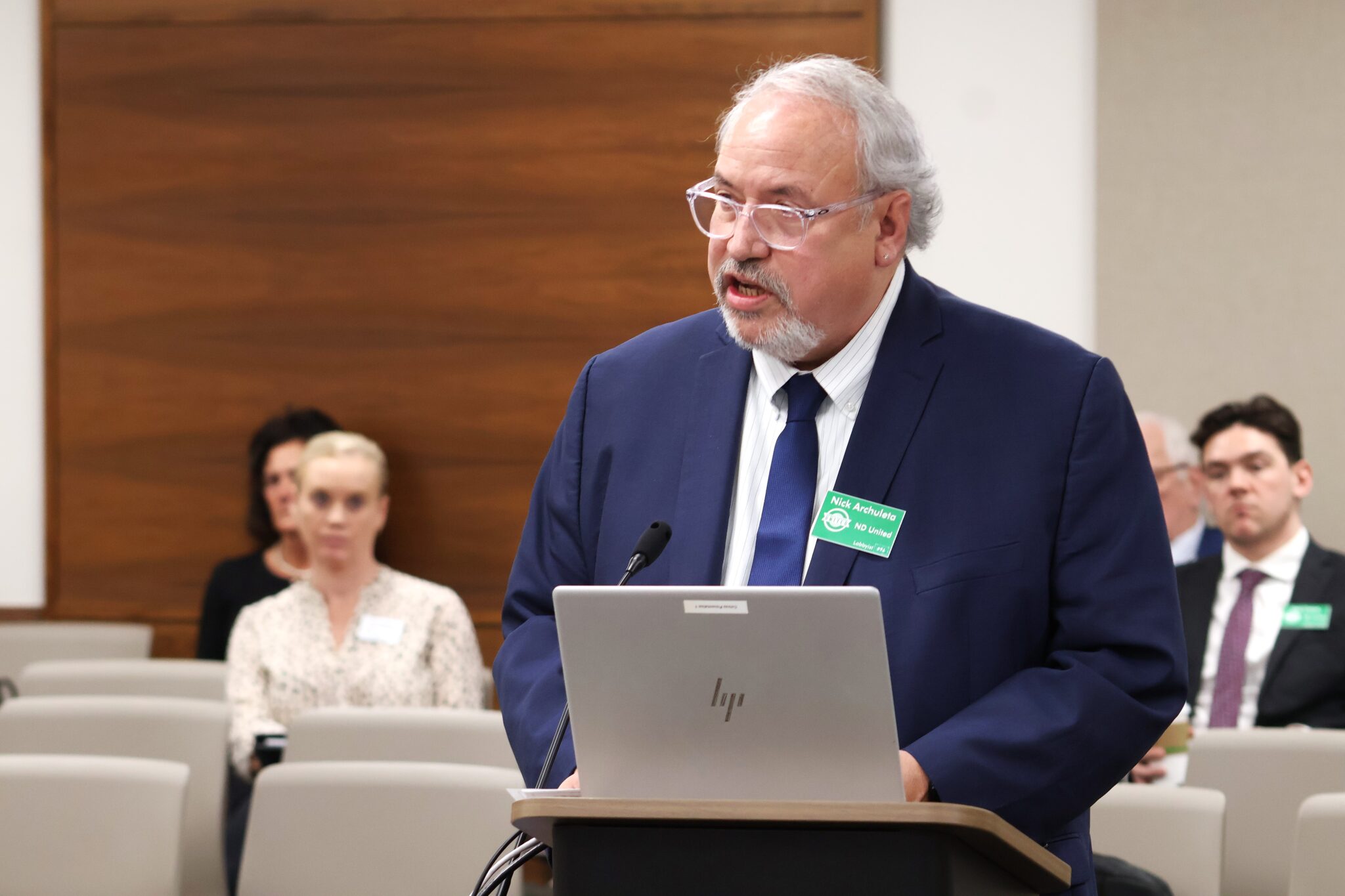Healthcare Crunch: ND Weighs Controversial Employee Premium Mandate

In a significant move that could impact state employees' financial well-being, a legislative committee has greenlit a controversial bill that would enable the state to transfer health insurance premium expenses directly to workers. The proposed legislation, which passed Tuesday's committee vote, signals a potential shift in how government employees will shoulder healthcare costs.
The bill, which has sparked heated debate among lawmakers, represents a potential financial burden for state workers who may soon find themselves responsible for a larger portion of their health insurance premiums. While proponents argue the measure could help reduce state spending, critics contend it places undue strain on public sector employees already facing economic challenges.
As the bill moves forward in the legislative process, state employees and labor unions are closely monitoring its progress, concerned about the potential long-term implications for their take-home pay and healthcare affordability.
